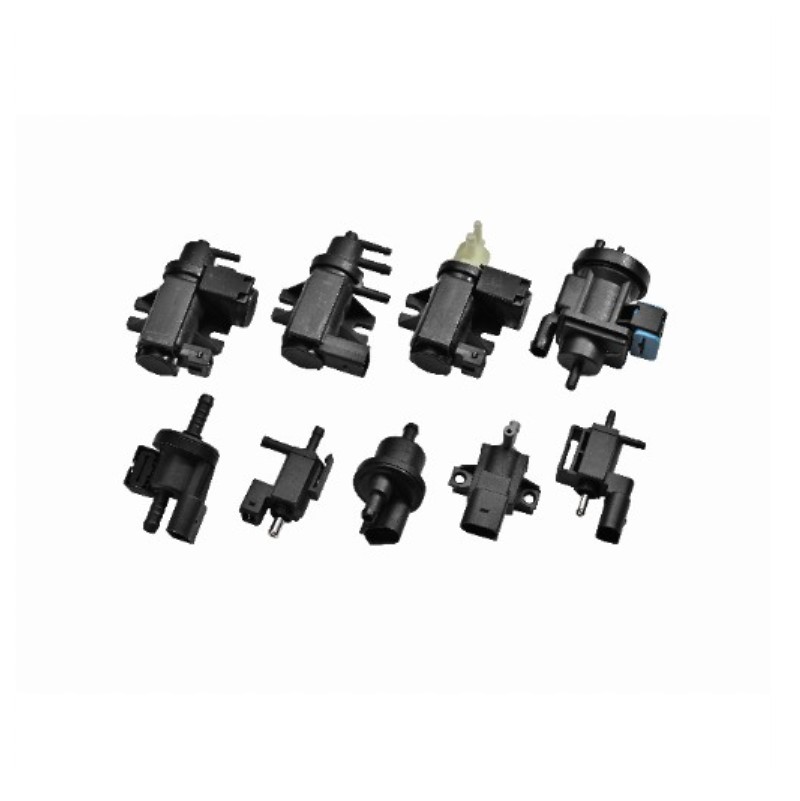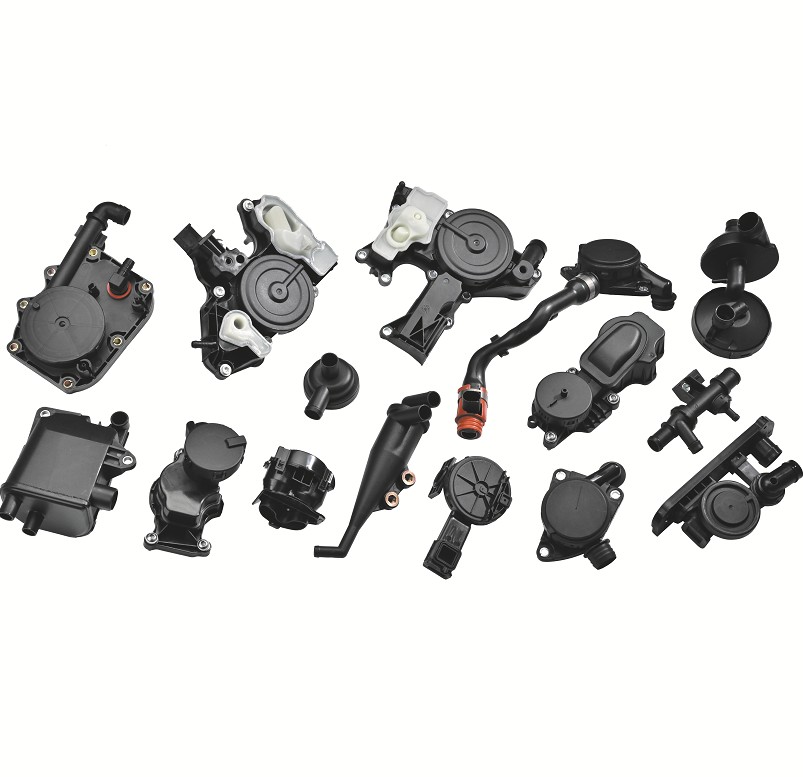During engine operation, blowby gas continuously penetrates into the crankcase, causing the internal pressure to rise abnormally. The Crankcase breather hose, as the "aorta" of pressure regulation, builds a dynamic pressure balance system through precise linkage with the PCV valve. The high-pressure environment causes the oil seal and gasket to bear continuous reverse stress, accelerating the degradation of rubber materials. The failure of the Crankcase breather hose will directly lead to the inability to release pressure and a surge in the risk of oil leakage. Pressure fluctuations cause dynamic changes in the gap between the piston rings, aggravating metal-to-metal friction. The Crankcase breather hose guides the directional airflow to reduce the pressure fluctuation amplitude by more than 40%, significantly reducing mechanical wear.
The blowby gas has a complex composition, including unburned fuel, water vapor, acidic substances and combustion by-products. When these substances are mixed with the high-temperature oil in the crankcase, they will form sludge with strong adhesion. The accumulation of sludge will gradually erode the efficiency of the engine lubrication system and become an invisible killer of performance degradation. Sludge is deposited in the narrow part of the oil channel, forming a local blockage, resulting in insufficient oil flow, making the lubrication of high-speed moving parts such as bearings and camshafts ineffective; sludge covers the surface of the cylinder block and oil pan, forming a heat insulation layer, hindering heat conduction, aggravating local high temperature, and inducing oil oxidation and deterioration.
The hose continuously guides the blowby gas containing oil vapor out of the crankcase, inhibiting the formation of sludge from the source. At the same time, by introducing fresh air to accelerate the gas renewal in the crankcase, further diluting the sludge to form the required chemical environment. This "drainage and blockage combination" strategy keeps the oil clean at all times, ensures the efficient operation of the lubrication system, and significantly reduces friction loss. The PCV hose re-introduces the unburned fuel components in the crankcase blowby gas into the combustion chamber, realizing the secondary utilization of fuel energy, and indirectly improving the cleanliness of the combustion chamber, forming a positive cycle of improved power performance.
By introducing blowby gas into the combustion chamber for high-temperature oxidation, pollutants such as HC are decomposed into CO₂ and H₂O, significantly reducing the concentration of harmful substances in the exhaust gas. This "internal circulation purification" strategy not only reduces direct emissions, but also reduces the workload of the three-way catalytic converter, prolongs its service life, and improves the vehicle's ability to meet emission standards. The PCV hose does not work in isolation, but forms a precision-linked protection network with the PCV valve, oil system, etc., achieving comprehensive optimization of engine performance through multi-dimensional synergy.


 English
English русский
русский Español
Español Deutsch
Deutsch











